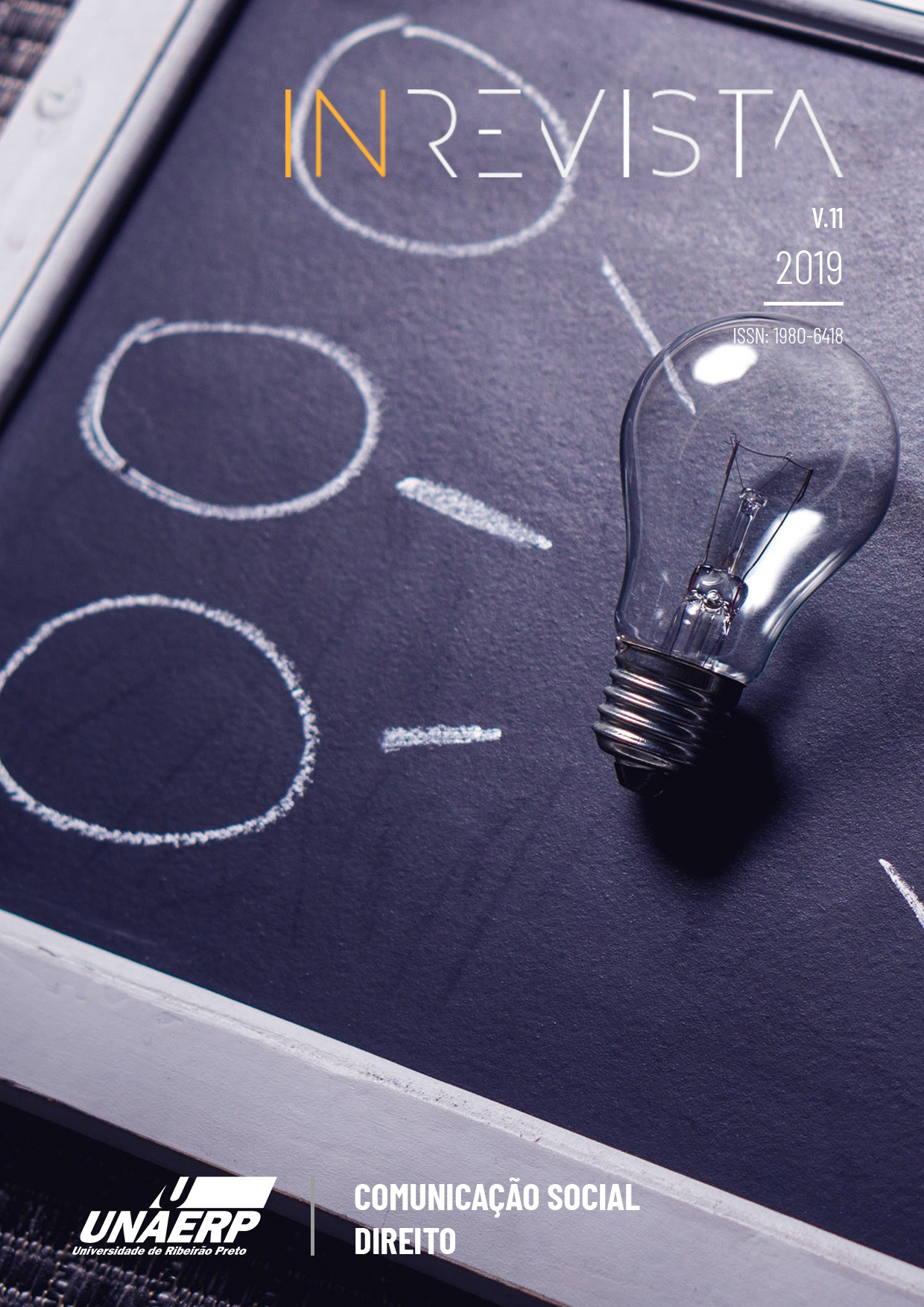FREE CULTURE: PERCEPTION OF QUALITY AND USER SATISFACTION BEFORE FREE DIGITAL CONTENT
Abstract
Based on the reflections proposed by Jaron Lanier in “Gadget: You are not an app” (2010), the research aims to analyze the level of satisfaction / dissatisfaction of users in the digital environment in relation to free content. The author emphasizes the problem of financing digital content, the risks to the journalistic universe, advertising and the quality of content produced. Thus, according to the author: Free content is funded by advertising, causing, with the great digital development, increased exposure of commercials, which generates discomfort and rejection by users and makes advertising ineffective and unable to finance the content. Without this funding, the content is losing quality. Based on the assumptions of Lanier (2010), it appears that the free digital content and information distribution system is leading to a collapse of communication. Propaganda has lost its persuasive power, and journalism cannot continue without advertising as a backer. We tried to prove the theory expressed in the bibliographic research through the Focal Group methodology. The method followed a script of subjects related to the theme, which were discussed with a group of university students between 18 and 38 years. Based on the answers obtained, it was found that the content offered for free on the Internet is bad and what leads to the drop in quality is the great demand for superficial content.
